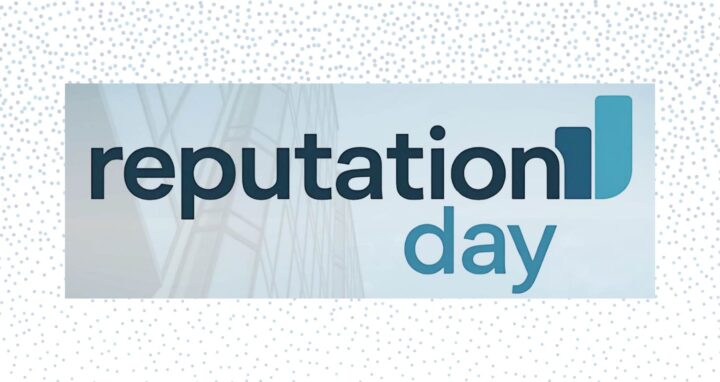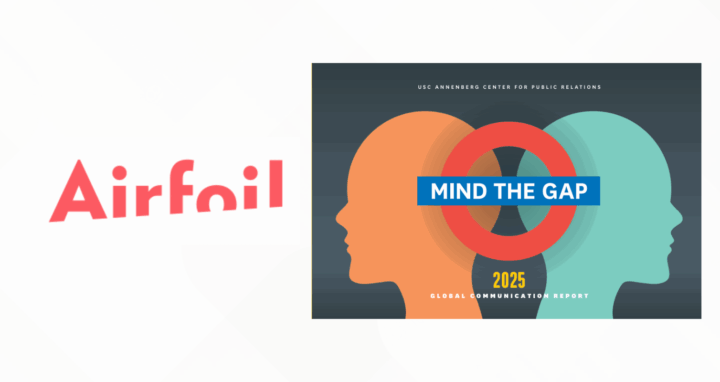This insights post is a summary of the original blog post published by ESTRATEGIA. View the original blog post at: Nuevos vehículos de información globales.
In the world today, social platforms have become one of the most powerful vehicles in the journalism industry. Even though they provide millions of people access to the latest information, there are still plenty of challenges for marketing and public relations professionals to overcome.
Platforms like Facebook, YouTube, Instagram, and more have made it easier than ever to share and engage with content online. Since anyone with an internet connection can become a content creator, there’s more voices than ever competing for your target audience’s attention. It also gives journalists a direct channel to connect with their audience and create a more interactive experience.
It’s also important to note that these platforms give every user their own unique news experience. Thanks to the algorithms used by social platforms, news is presented by each user’s preferences, interests, and past behaviors on the platform. While this has given people faster access to news as it happens in real-time, factchecking often can’t keep up, which can lead to fake news and misinformation.
What Journalist Need to Keep in Mind with Social Platforms
- Mass volume and rapid spread of misinformation: With the sheer volume of information available on social platforms, it’s difficult for many users to tell the difference between fake and genuine news.
- Challenges with content quality: The lack of oversight to verify content and the fact that any user can post, makes it a challenge to get the accurate context behind a story.
- Bias distribution of news and information: Social platforms often create echo chambers that are reinforced by algorithms. This can lead to a distorted or polarized view of news, making it harder for journalists to connect with their audience.
What Journalists Can Do to Ensure Trustworthy Content
- Take time to assess digital content: Just like with traditional media, it’s important to fully vet and evaluate stories before posting them on social platforms. You’ll also want to make sure any sources are credible and impartial to help build trust with your audience.
- Journalists and editors are crucial for content selection: On social platforms it is more important to seek out sources and corroborate the info shared in a news story before publishing it. Use the same journalistic standards to help ensure each story you publish is objective and presents the facts in a balanced manner.
- Evaluate your sources for impartiality: Journalists need to be extra careful selecting sources for a story being published on a social platform. It helps to choose sources that have a transparent editorial policy.
Social media platforms have completely changed the way news is consumed. Even though the speed and dissemination of news stories is at an all-time high, journalists need to keep following industry practices to break through.
To learn more about the details on how journalists can better navigate social media platforms, be sure to read the full story: New Global Information Vehicles.
Get more insights on social media and public relations from Worldcom Partners.




